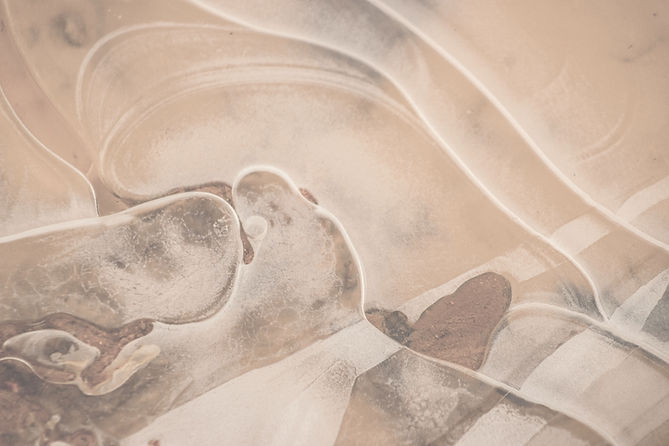

RuyiPianoTeacher

Tips for Effective Music Practice
Written by ruyipianoteacher, March 2022
Learning how to practice effectively should be the cornerstone of any pursuit in musical improvement. By having a regular practice routine, a desire to play and an understanding that learning piano requires persistence, discipline, and dedication.
In order to achieve this, try to include these basic principles for a productive practice session.
1. Isolate Difficult Passages.It is crucial to pay more attention on the difficult areas like complex rhythmic patterns, scalic passages, hands shifting, etc. This will help you play the piece effortlessly.
2. Drill the Selected Passages.Use analytical skills to figure out which details to spend more time on, such as rhythm and counting, harmony, fingerings, etc. This is to ensure our brain and body truly understand the underlying layers of the music. Example, start the practice slow, master left and right hand separately and without pedal till fluent and correct techniques if necessary.
3. Slow to Ideal Tempo. It is important to start slowly and increase the speed accordingly, in time muscle memory will set in and your finger placement will be effortless.
4. Complete Practice. In understanding the flow of a musical piece, realized that phrasing and shaping, articulation, dynamics are equally important as the notes and rhythms. Hearing skill is also essential in ensuring that you are sensitive to all the sounds produced.
5. Practice Different Sections Randomly. This prevents the mind and fingers from getting used to the same sections. By practicing from a random starting point, it helps you link sections quicker and smoother. Example, start the practice from Phrase 3 to Phrase 4 instead of the first bar of the piece.
Bear in mind that the end goal is to be able to play a piece continuously without breaking the rhythm. Do not be discouraged if you are unable to complete playing the piece in your initial attempts as multiple factors such as technique can influence the outcome. Take this opportunity to be familiar with the notes (pitch and rhythm), other expression markings and possible difficult areas. This way, your teacher would be able to point out the improvements made that you may be unaware of during self-practice. This method will enhance your development as well as enjoyment throughout your music learning journey.
Happy practising!
BONUS!
Tips for Teachers:
-
Ensure to include analysis of form, pitch, and rhythm patterns in the introductory lesson.
-
Explore on the sound and technique together with your student first, then let the student sight-read a few phrases from the scores.
-
Avoid "tell and fix" method of teaching. Instead, nurture student’s self-direction by asking detailed questions and/or open-ended questions.
-
Set a clear practice goals by having your student note down any reminders, fingerings, and practice indications in the score.
---------------------------------------------------------------------------------------------------------------------------